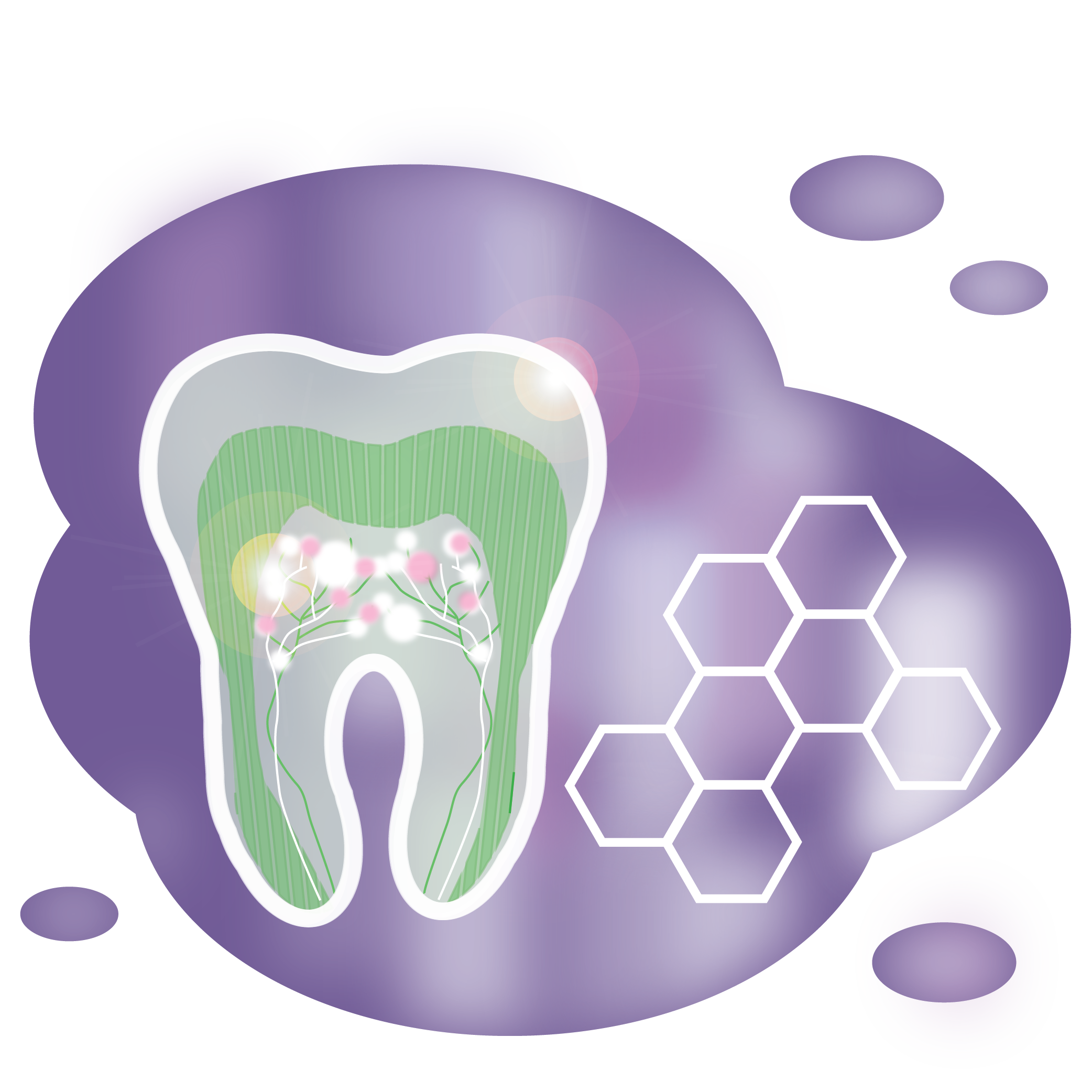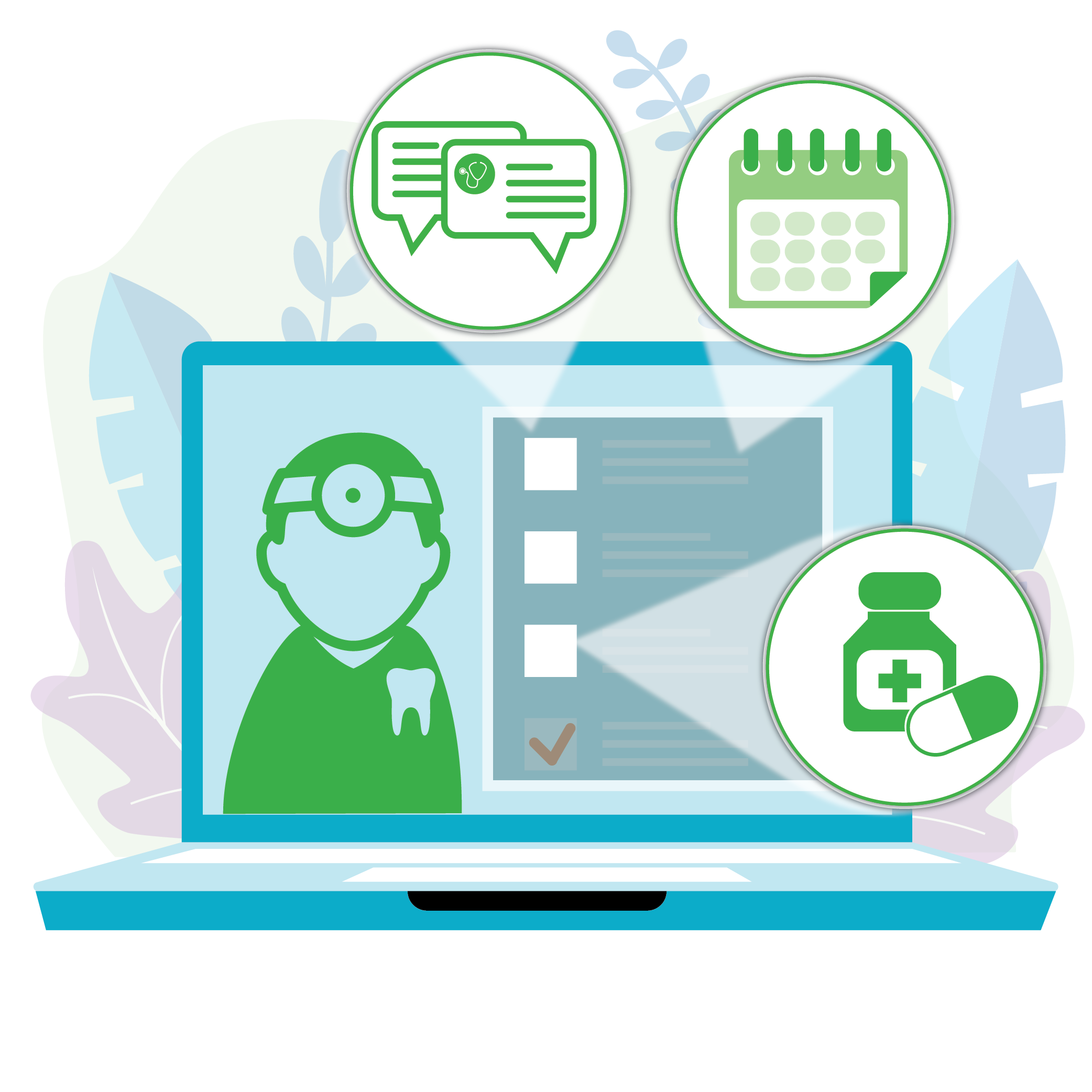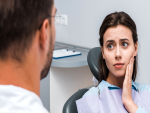Dentistry is one of our oldest known medical practices, with some sources dating it back to 7000 BC! Still, even with 10,000 years of history, the practice of dentistry is evolving as new technology and methods are proven effective in the field.
Here are a few big updates you may or may not have noticed or experienced at your last dental visit:

Artificial intelligence (AI)—
AI is present throughout daily life, including in our oral health. Radiograph image analysis, photo analysis and records management are a few ways dentists have incorporated AI into their practices. Though this technology is new and not yet fully developed, these advances can help improve efficiency and decision making in everyday care. AI can act as another pair of eyes in the dental office to help with decisions, but final treatment decisions are still made by the dentist.
Three-dimensional scanning and printing are a real asset to many dental providers. In the past, a dentist may have taken an impression of your teeth by placing a tray in your mouth. Now, it can be done by a scanner. This technology can also quickly produce oral appliances like retainers or mouthguards with accuracy.
Salivary diagnostics—
Salivary diagnostics is an exciting tool still in development for use by dentists to test for disease and dental health conditions. It has not yet been approved by the Food and Drug Administration. Being able to use saliva for samples and testing rather than blood work or other methods would be less invasive and allow for rapid results.

Laser technology—
Laser technology has been used in dentistry for over 30 years but we are seeing more research and interest in lasers for cutting teeth instead of using a drill. Lasers are often used for procedures involving the gums (soft tissue procedures), but there is an increased interest in using them to prepare teeth for fillings and removing caries (cavities). Some of the benefits in using lasers this way are safety and the reduction of aerosols.
Pain management —
In order to manage and mitigate the opioid crisis, non-narcotic pain control methods in dentistry have become the new standard protocol. To find out more on the opioid crisis and its impacts on dentistry, click here.

Teledentistry (telemedicine)—
Teledentistry has been used to reach patients in remote settings or where few dental practices exist. Since the beginning of COVID-19, use of teledentistry has expanded in order to reduce risk of infection or exposure to the virus by preventing the need for an in-person visit if the appointment can occur by phone or computer. The information necessary to diagnose or manage oral health issues can be conveyed through teledentistry. However, you will most likely still need to be seen in the dental clinic to complete treatment.
As these tools and technology become more and more refined, we can expect them to help improve our understanding of the close relationship between oral and overall health and advance oral health care outcomes.
Because we do not always see what is happening in our mouths waiting for a “better time” to go to the dentist seems like a reasonable plan. Just like any other part of your body, your teeth need regular attention and care. If neglected, problems can escalate and become painful and costly. Please be sure to see your local dental team to get back to a healthy smile or to maintain your existing good oral health!
Please note: Certain treatments and technologies are not available at every dental office and may not be covered by every insurance policy. Please refer to your own dentist and dental policy for options for you.
This information in this post is for general educational purposes only and does not warrant or represent any information as related to health as specifically appropriate for you. It is not intended to be medical advice or replace the relationship that you have with your health care providers. You should always seek medical advice on any diagnosis or treatment from a qualified health care provider. The information is provided “as is” without any representations or warranties, express or implied.






